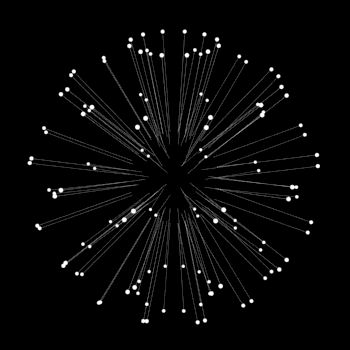What happens to a cylinder’s surface area if its radius is squared?
1 Answer
Mar 16, 2018
Surface is multiplied by
Explanation:
After doubling radius:
So, when the radius is doubled, the surface area is multiplied by

